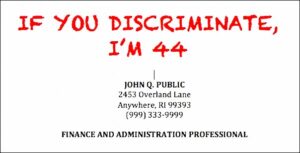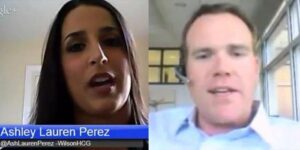
Age Bias At Work: Bad Business #TChat Recap
Age discrimination has no place at work — and yet it persists. Why? What should we do? The TalentCulture community speaks…

Age discrimination has no place at work — and yet it persists. Why? What should we do? The TalentCulture community speaks…

Do you want to lead others? Start by leaving behind age stereotypes that keep us all from getting ahead. Try these 5 steps

What can industry conferences teach us about how to overcome generational stereotypes in the workplace? The Recruiting Trends Social Summit reminded me this week that the TalentCulture community mantra is more than mere words. Together we ARE better…

Today’s workplace is no place for age-based stereotyping. And yet, negative stereotypes persist. How can we break free from these assumptions that threaten professional relationships and business performance?

Even today, negative stereotypes can cast a shadow over our professional lives. See what experts from a top recruiting outsourcing firm say about labels in the workforce – this week’s focus on #TChat…